Commercial Real Estate Loans

Investing in commercial real estate – as opposed to residential real estate – offers many benefits – tax benefits, higher ROI, etc. However, it also presents several challenges, such as a higher purchase price and more difficult and expensive financing than residential real estate. So, if you’re taking the plunge into commercial real estate and require financing to purchase, build, or renovate the property, you must understand commercial real estate (CRE) loans.
What is a Commercial Real Estate Loan?
Commercial real estate is an income-producing property used for business purposes, such as retail, office space, large apartment buildings, etc. A CRE loan is a mortgage for an investor or investors (corporations, developers, partnerships, etc.) for a commercial property. These loans may come from banks, independent lenders, insurance companies, pension funds, and other sources such as the Small Business Administration (SBA).
The Differences Between Residential and Commercial Real Estate Loans
Buyers
Residential mortgages are usually given to individual borrowers, whereas CRE loans are often granted to business entities.
Financing
Many financing sources for residential real estate, such as FHA loans, loans backed by Fannie Mae and Freddie Mac, VA loans, etc., are unavailable for commercial real estate. Therefore, funding commercial real estate can be more difficult and expensive than financing residential real estate.
Interest Rates and Fees
Commercial loans typically come with higher interest rates and additional fees, such as loan application, loan origination, and survey fees. Sometimes, these additional fees are paid upfront, and sometimes, they are incorporated into the regular payments.
Repayment
Residential mortgages are paid in regular installments over a period of time (typically 15, 25, or 30 years). The payment amount is based on an amortization schedule; therefore, the payment amount stays the same (excluding taxes and insurance). Over time, the amount of the payment going toward the principal increases, and the amount of the payment going toward the interest decreases. Residential loans can be refinanced and can be paid off early.
On the other hand, CRE loans are usually paid over five (or less) to twenty years, with regular payments (amortized over a longer term than a residential mortgage) followed by a final balloon payment of the remaining loan balance. Unlike most residential mortgages, the lender will likely incur prepayment penalties if a commercial loan is paid off early.
Loan-to-Value Ratios (LTV)
In both residential and commercial mortgages and loans, the LTV determines how much risk the lender faces if they grant the mortgage or loan to the borrower. The LTV is determined by dividing the loan amount by the property value. Typically, the lower the LTV, the better the financing rates because the borrower has more equity in the property.
Some residential loans, such as VA loans, allow higher LTVs (up to 100%). Commercial loans typically require a 65-80% LTV.
Debt-Service Coverage Ratio (DSCR)
Commercial lenders will also examine the DSCR. “DSCR is used by lenders to determine whether a property will produce enough income to cover the monthly debt payments,” LoanBase explains. “This allows businesses with less-than-stellar credit ratings or insufficient collateral to secure financing.” A DSCR of 1 shows the investor has exactly enough income to pay the debt. Many commercial lenders set a minimum DSCR between 1.2 and 1.25. People financing residential properties don’t have a DSCR.
Ready to Invest in a Commercial Property?
With over thirty-five years of real estate experience and more than two hundred 5-star independent customer ratings, Pete Heim and his team can help you find the right commercial property at the right price in Berks County and beyond.
Call today at
610-745-3378 or
610-898-1441, or
connect with him online.




